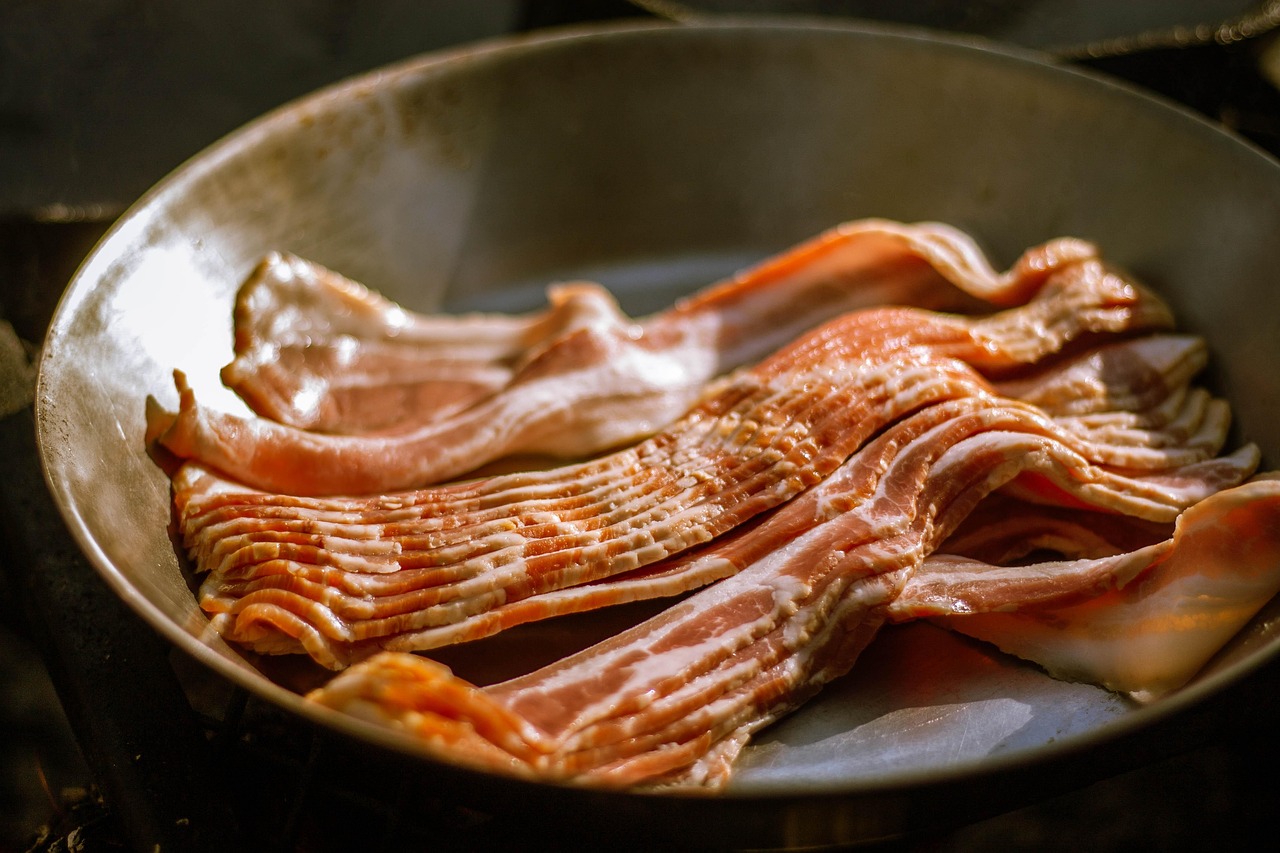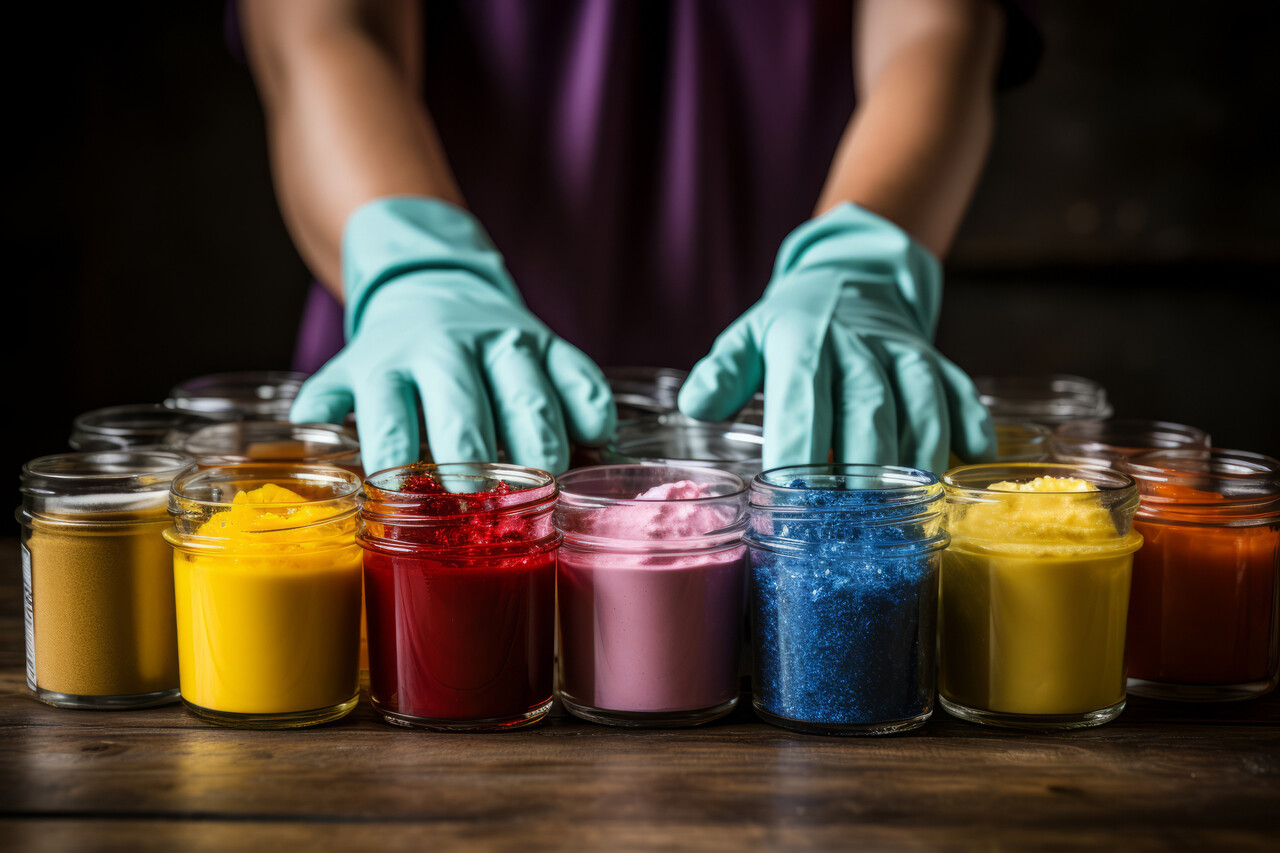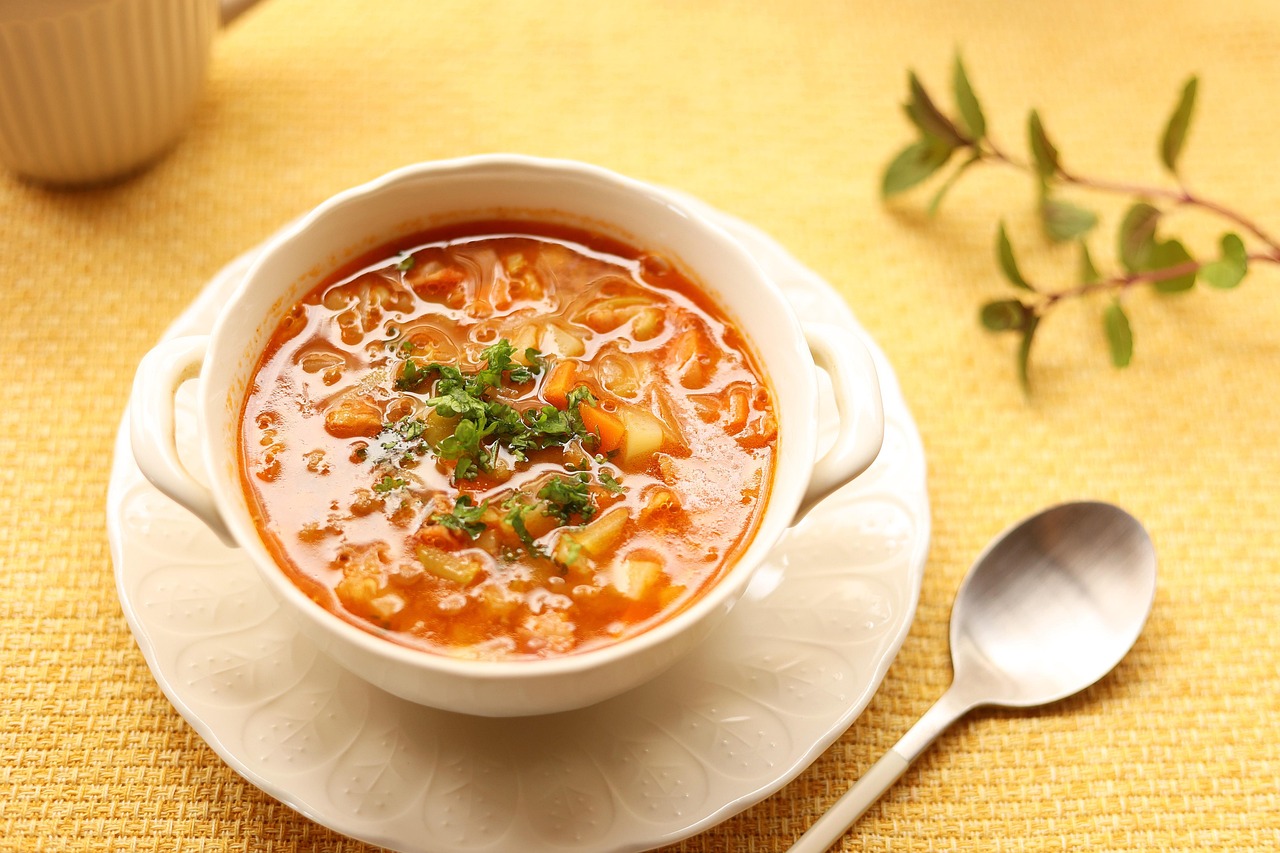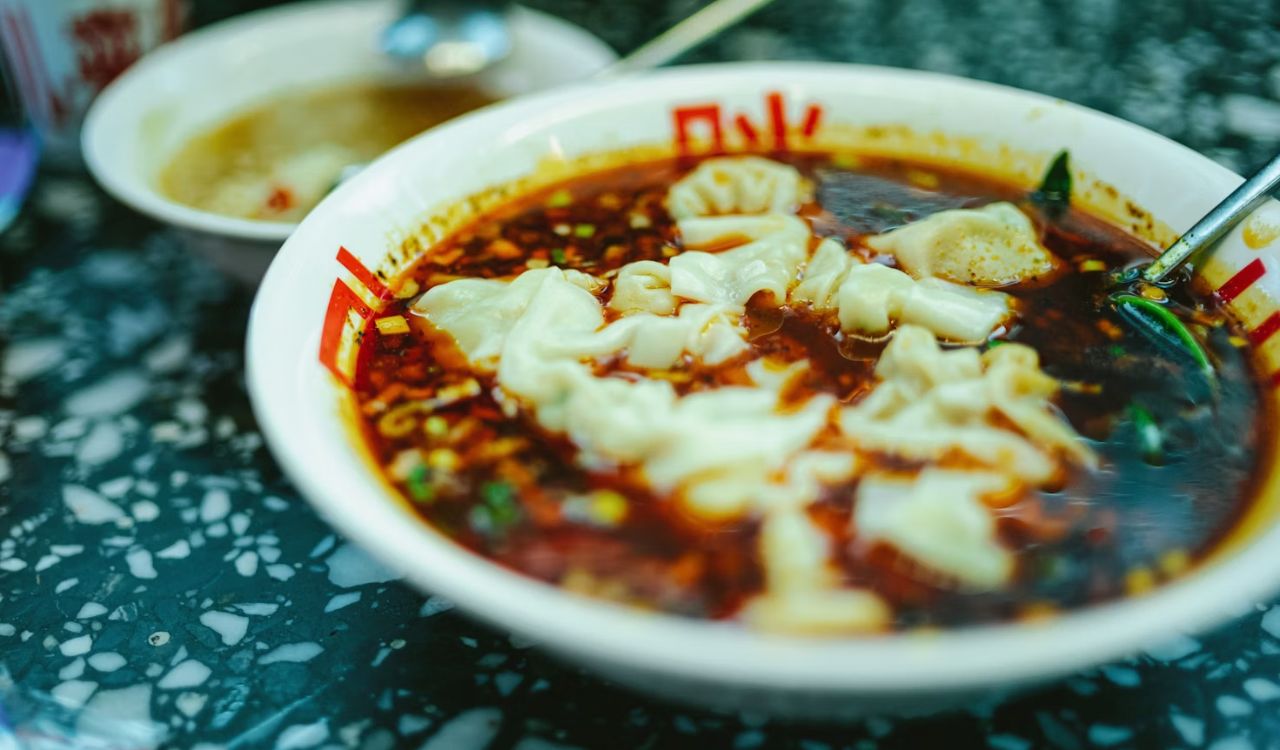11 Tips for Cooking With Fresh Herbs
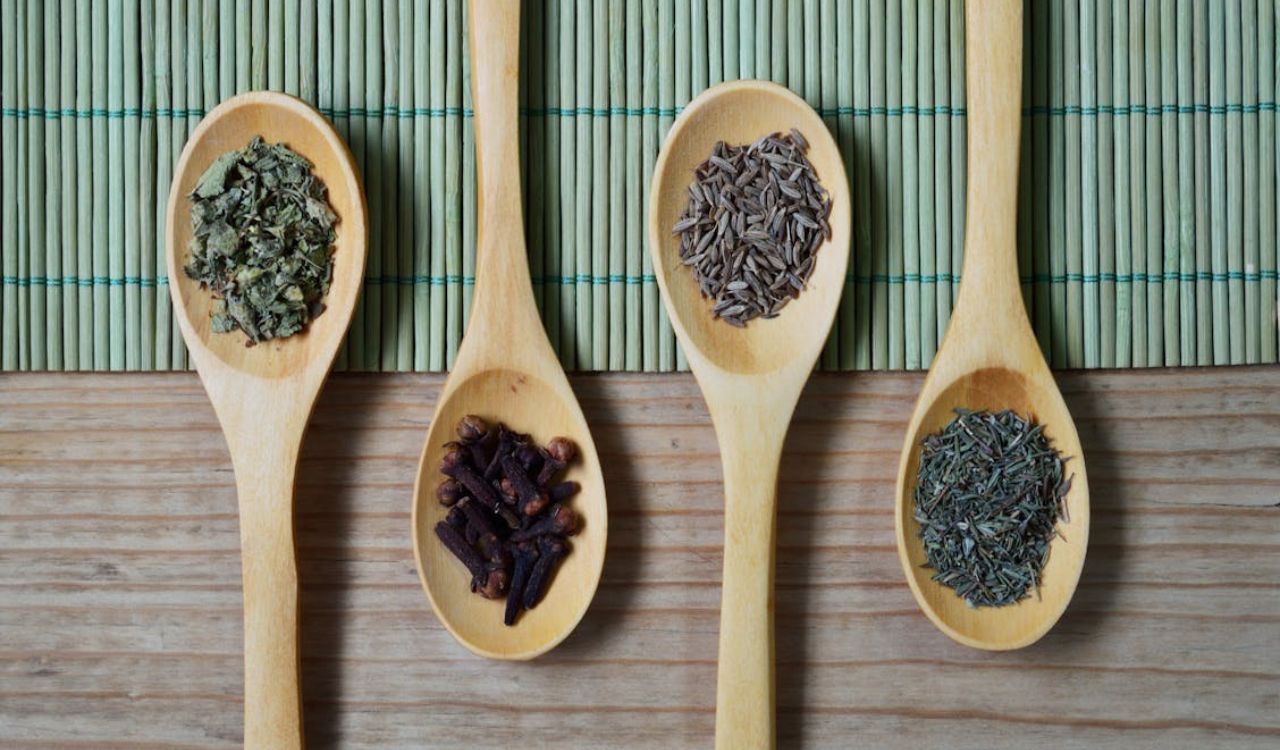
Fresh herbs have the power to elevate a dish from simple to spectacular. Their vivid colors, fragrant aromas, and lively flavors bring a freshness that dried spices can’t fully match. Whether grown in your garden or picked up at a local market, knowing how to use them effectively can completely transform your cooking. From understanding when to add them during the cooking process to learning how to store them for maximum freshness, these tips will help you make the most out of every sprig. Here are eleven ways to unlock the full potential of fresh herbs in your kitchen.
Add Tender Herbs at the End for Fresh Flavor
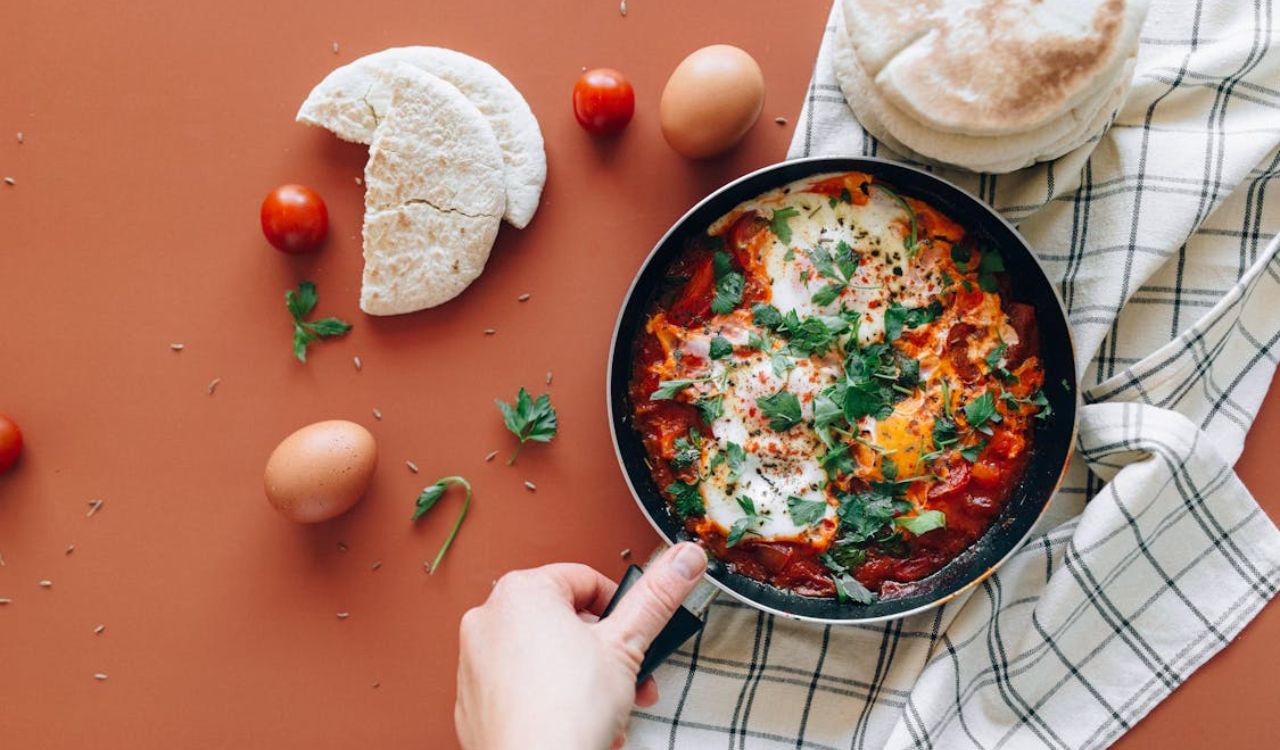
Delicate herbs such as basil, parsley, cilantro, and dill are best enjoyed when added just before serving. Prolonged heat can dull their color and strip away their bright, aromatic notes. Stirring them into dishes like pasta, stir-fries, or soups right before they reach the table preserves both their flavor and visual appeal. For garnishes, sprinkle freshly chopped herbs over hot food moments before serving so their essential oils remain intact. This technique delivers a pop of freshness and enhances the dish’s aroma, ensuring each bite carries a burst of vibrant, garden-fresh taste.
Give Hardy Herbs More Cooking Time
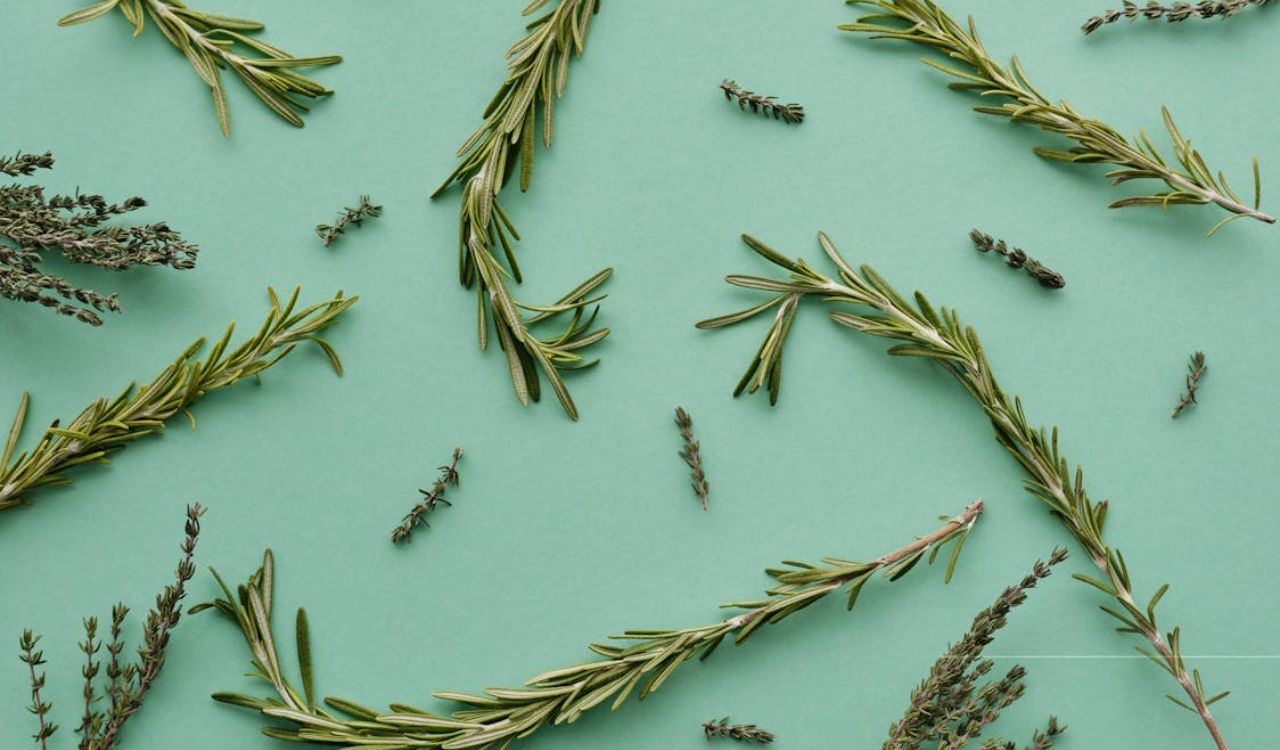
Woodier herbs like rosemary, thyme, sage, and oregano can handle longer cooking without losing their potency. In fact, they benefit from extended heat, slowly releasing their flavor into braises, stews, and roasts. Adding them early in the cooking process allows their earthy, aromatic qualities to meld with the other ingredients. You can also use whole sprigs in soups or stocks, removing them before serving for a subtle infusion. Just be mindful of quantity—these herbs are naturally strong, and too much can overpower a dish. When balanced well, they add warmth and depth that enhances slow-cooked meals beautifully.
Chop Herbs Gently to Prevent Bruising
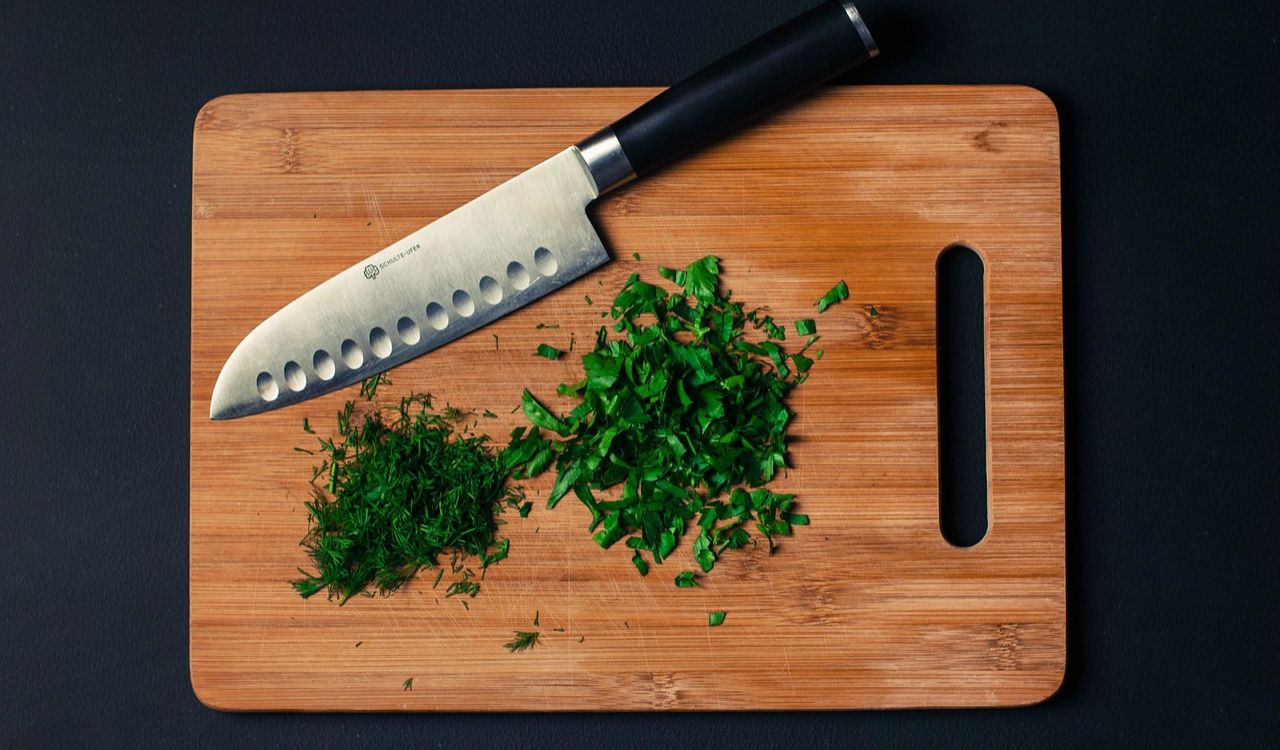
How you cut herbs directly impacts their flavor and presentation. Using a sharp knife and a light hand helps maintain their delicate oils, which are responsible for their aroma and taste. For leafy herbs like basil, stack the leaves, roll them into a tight bundle, and slice into fine ribbons using the chiffonade method. Avoid rough chopping or using a food processor for delicate herbs, as this can bruise them and cause bitterness. Gentle, clean cuts not only keep herbs looking vibrant but also preserve the fresh, natural essence that elevates your dish’s flavor profile.
Pair Herbs with Complementary Ingredients

Understanding classic herb pairings can take your cooking to the next level. Basil thrives alongside tomatoes, mozzarella, and olive oil, creating Mediterranean harmony. Rosemary enhances roasted potatoes, lamb, and rustic breads. Mint brightens fruit salads, desserts, and Middle Eastern fare, while dill works wonderfully with salmon, yogurt-based sauces, and cucumbers. By learning these natural matches, you can highlight each herb’s unique strengths. Once you’ve mastered the classics, experiment with unconventional combinations to create your own signature dishes, discovering surprising new flavor pairings that keep your cooking fresh, exciting, and deeply satisfying.
Store Fresh Herbs to Keep Them Longer
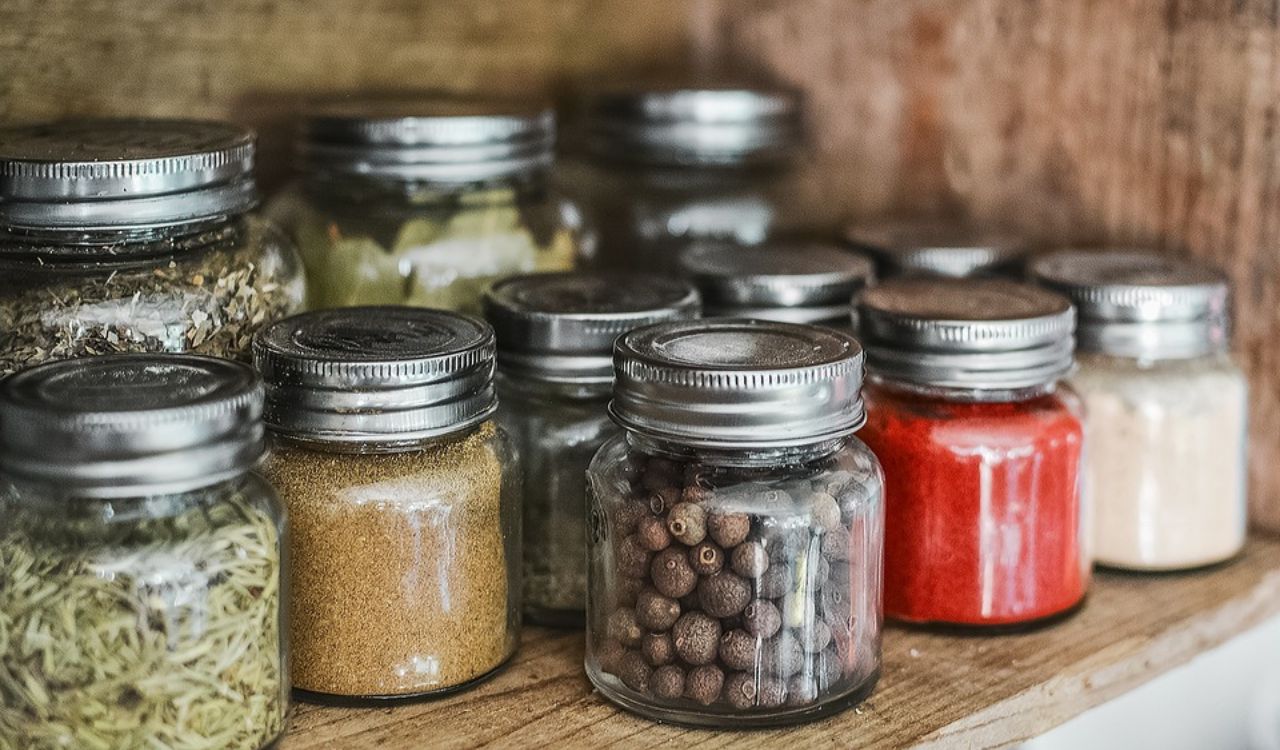
Proper storage extends the life of fresh herbs and keeps their flavors vibrant. Tender varieties like parsley, cilantro, and basil last longer when stored upright in a jar with water, stems submerged, and loosely covered with a plastic bag. Keep them in the fridge, except basil, which prefers room temperature to prevent blackening. Hardy herbs such as thyme, rosemary, and sage fare best wrapped in a damp paper towel and sealed inside an airtight bag. Following these simple storage techniques preserves freshness for days, ensuring you always have flavorful herbs ready to brighten your dishes.
Make Herb-Infused Oils and Butters
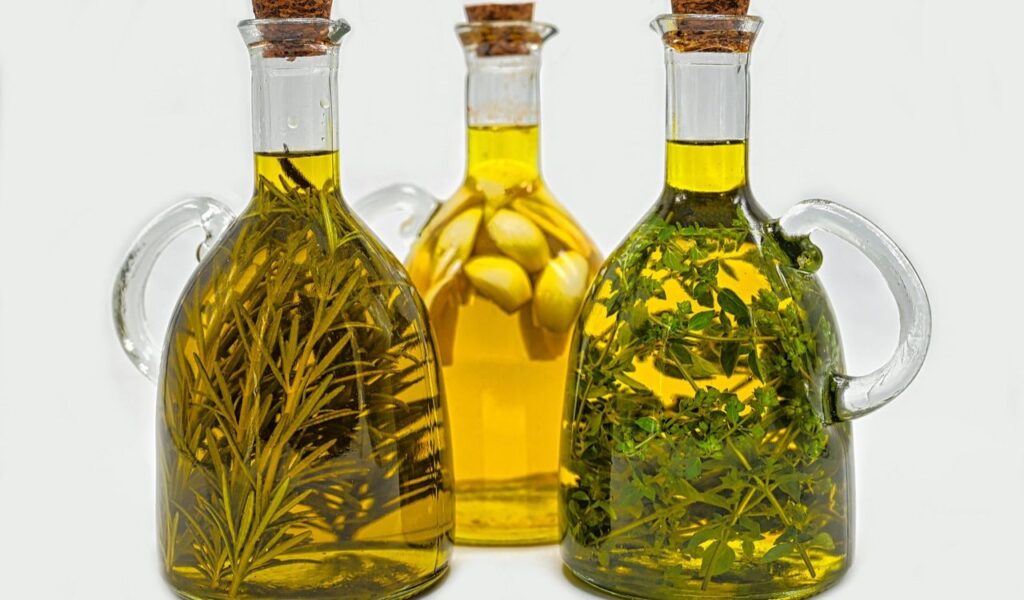
Transforming herbs into infused oils or compound butters is an excellent way to lock in their flavors for quick use later. For oils, gently warm olive oil with sprigs of rosemary, thyme, or other sturdy herbs, then strain and store in a sealed bottle. For compound butter, blend softened butter with finely chopped herbs, then refrigerate or freeze. These flavor-packed additions are perfect for drizzling over vegetables, tossing with pasta, or melting onto grilled meats. They’re also convenient for busy nights when you want fresh herb flavor without extra prep time.
Balance Strong Herbs with Milder Flavors
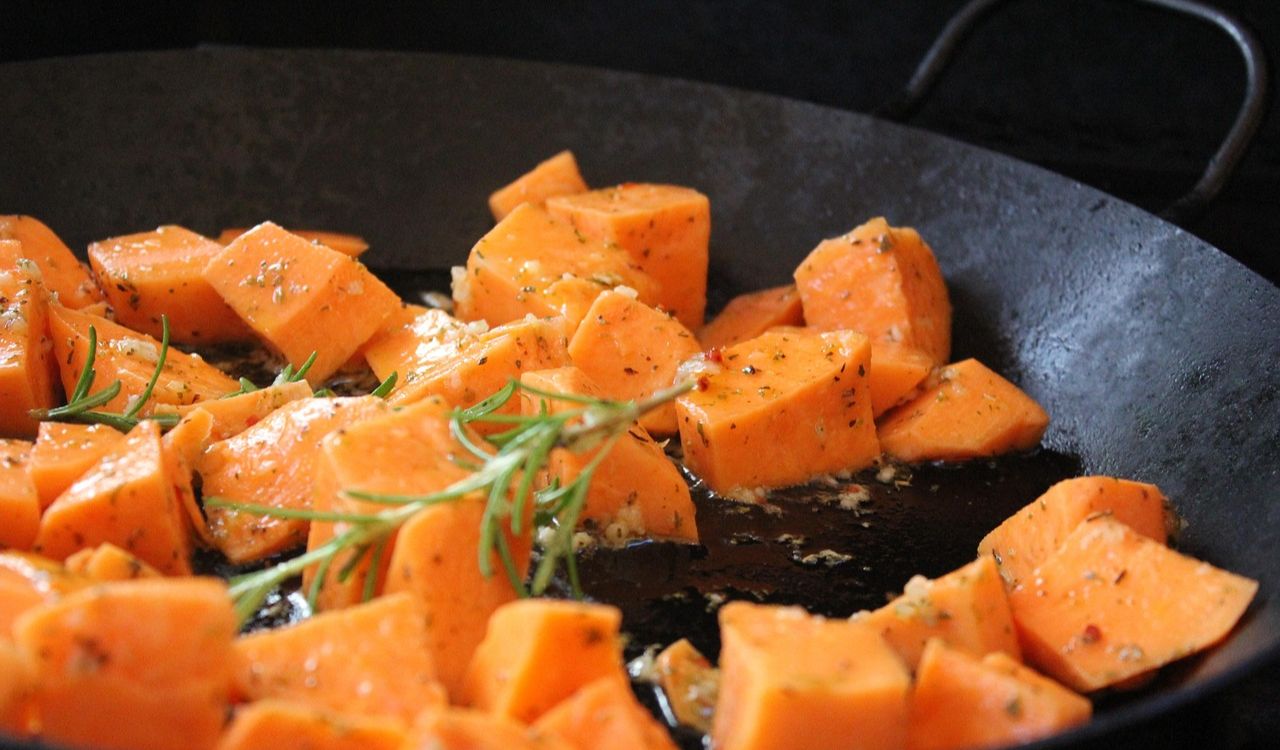
Potent herbs like tarragon, rosemary, or sage can dominate a dish if used too liberally. To create a balanced flavor profile, pair them with milder herbs or neutral ingredients that soften their intensity. For example, rosemary pairs beautifully with potatoes because they absorb and diffuse its strength. Combining strong herbs with parsley or chives can also mellow the flavor, creating harmony without losing depth. This approach allows each herb to contribute its character while ensuring no single flavor overwhelms the dish, resulting in a more pleasing and well-rounded culinary experience.
Turn Fresh Herbs into Pestos and Sauces
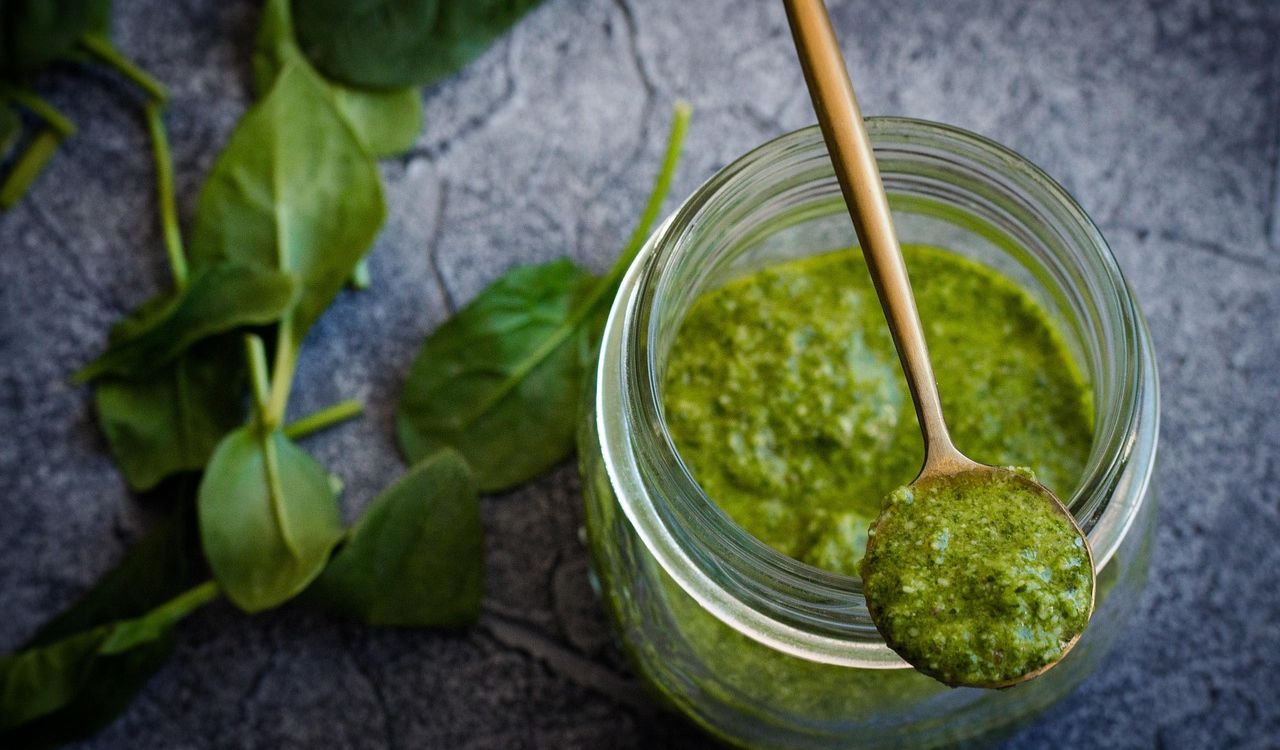
Fresh herbs are the star ingredients in vibrant sauces like basil pesto, Argentine chimichurri, or Italian gremolata. These blends are quick to prepare and store well in the fridge for several days. Use them to dress pasta, marinate grilled meats, or drizzle over roasted vegetables. Making herb-based sauces is also an excellent way to use up bunches before they wilt. For the best flavor, add the herbs toward the end of blending and seal the surface with a thin layer of olive oil to prevent oxidation and preserve their vivid color.
Dry or Freeze Herbs for Later Use
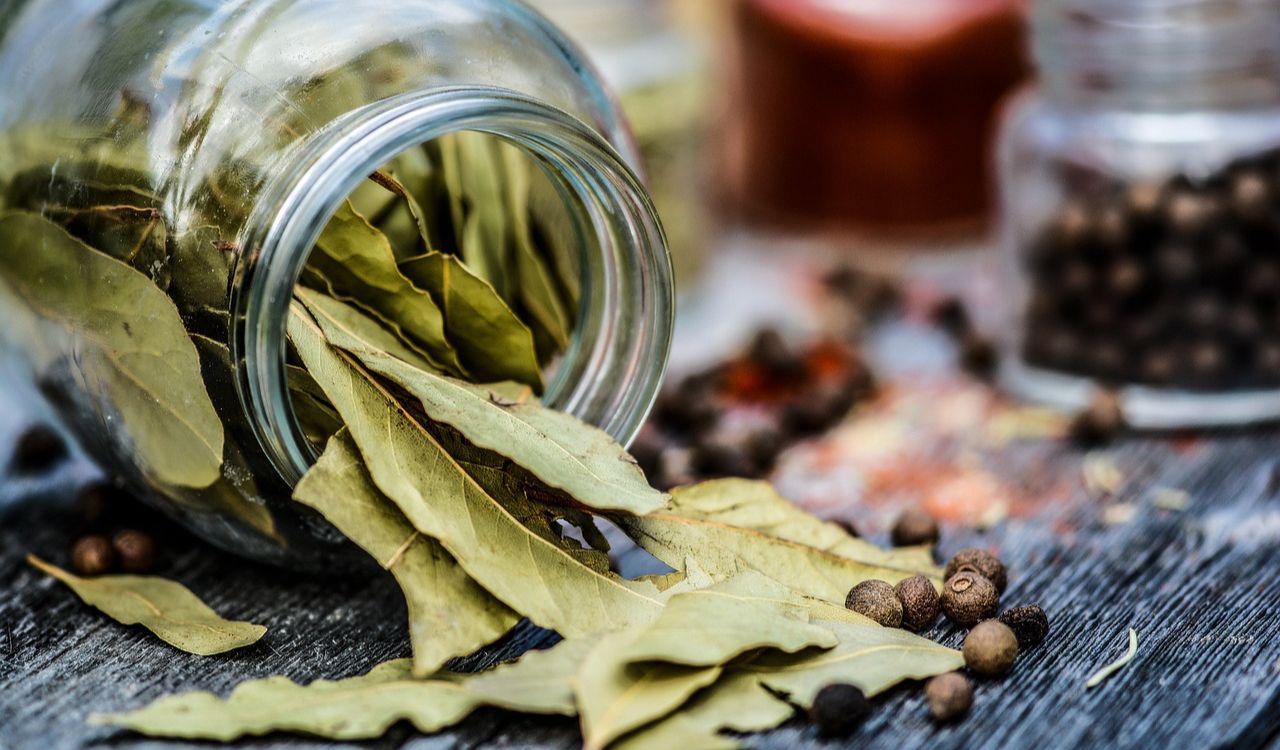
When you have an abundance of fresh herbs, drying or freezing them ensures nothing goes to waste. Hardy herbs like thyme and rosemary dry well when hung upside down in a dark, ventilated space. Tender herbs such as basil, dill, and parsley keep more of their flavor when frozen—either whole in ice cube trays with water or chopped and stored in airtight containers. While preserved herbs lose some vibrancy, they still bring welcome flavor to soups, stews, and sauces, especially during seasons when fresh herbs aren’t as readily available.
Taste as You Cook to Avoid Over-Seasoning

Fresh herbs vary in potency depending on their variety, freshness, and growing conditions. To avoid overpowering your dish, start with small amounts and taste as you go. This is particularly important with strong herbs like oregano, mint, or tarragon, which can quickly dominate other flavors. Gradual seasoning allows you to fine-tune the balance, ensuring the herbs complement rather than overshadow the main ingredients. Remember—the best dishes showcase a harmony of flavors, and you can always add more, but you can’t remove what’s already there.
Mix Fresh and Dried Herbs for Depth
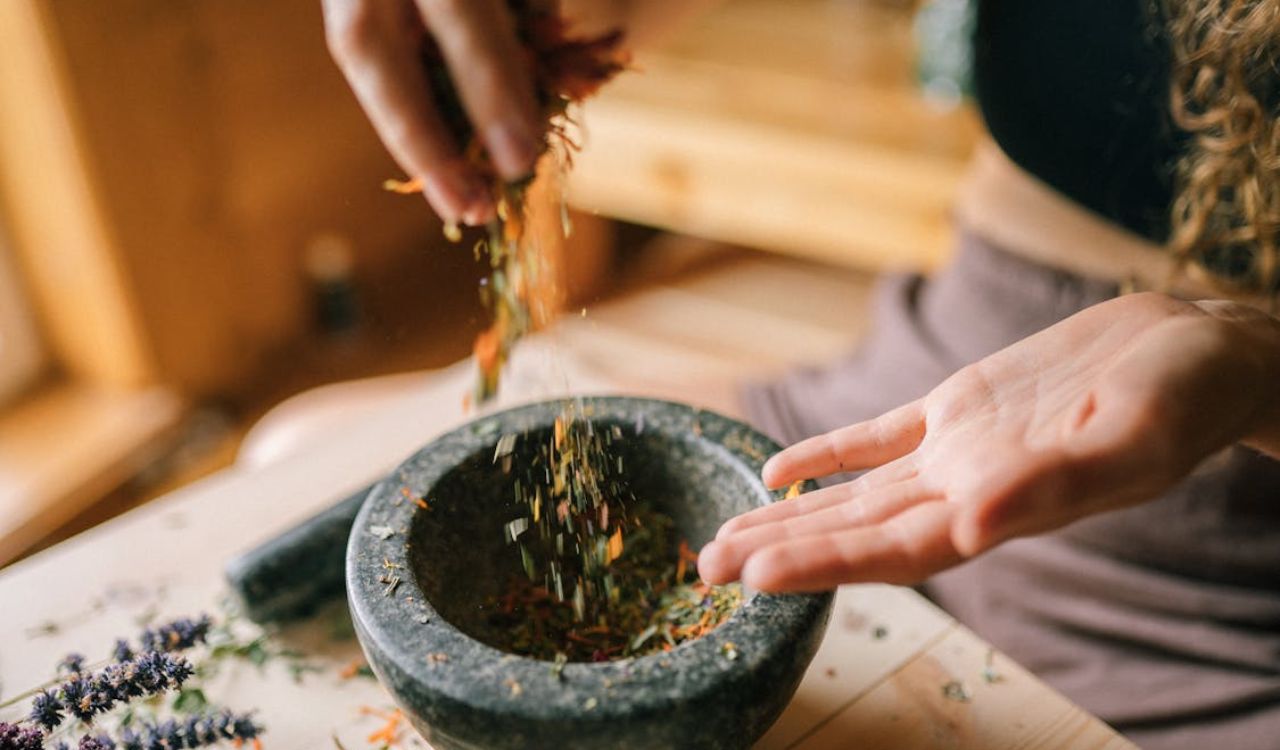
Combining fresh and dried herbs in a single recipe can create a more complex flavor profile. Dried herbs, which release their taste slowly, are ideal for dishes with long cooking times, while fresh herbs add a burst of brightness at the end. For example, add dried oregano to a simmering pasta sauce early, then stir in fresh basil just before serving. This layered approach works beautifully in soups, stews, and marinades, offering both deep, cooked-in flavor and a fresh, aromatic finish for a richer, more satisfying dish.


